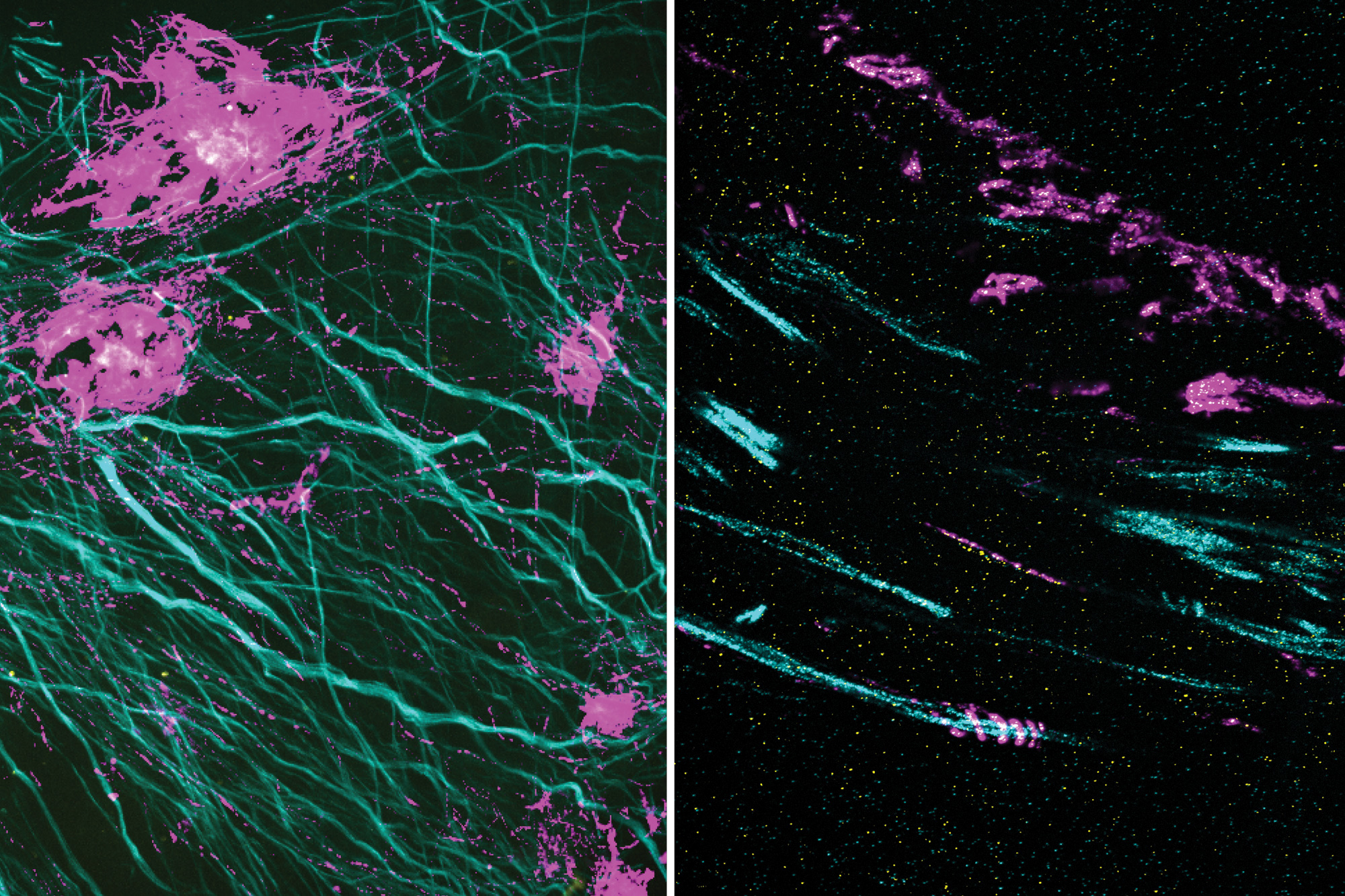Microscopy technique reveals hidden nanostructures in cells and tissues
Separating densely packed molecules before imaging allows them to become visible for the first time.
MIT’s solar car team wins American Solar Challenge for the second year in a row
The team credits strategy and team building for keeping the lead in a tight race.
Assay determines the percentage of Omicron, other variants in Covid wastewater
Developed by the Singapore-MIT Alliance for Research and Technology, the assay can provide new details about the type of SARS-CoV-2 circulating in a community.
Designing zeolites, porous materials made to trap molecules
MIT engineers are controlling pore openings for maximum molecule capture.
Taking a magnifying glass to data center operations
Lincoln Laboratory Supercomputing Center dataset aims to accelerate AI research into managing and optimizing high-performance computing systems.
New leadership at MIT’s Center for Biomedical Innovation
Stacy Springs named executive director; Richard Braatz is associate faculty director.
A new concept for low-cost batteries
Made from inexpensive, abundant materials, an aluminum-sulfur battery could provide low-cost backup storage for renewable energy sources.
Building better batteries, faster
PhD student Pablo Leon uses machine learning to expedite research on novel battery materials, while helping newer students navigate graduate school.
Bridging careers in aerospace manufacturing and fusion energy, with a focus on intentional inclusion
Joy Dunn ’08 helps solve the world’s greatest climate challenges while creating an open and equitable working environment.
Artificial intelligence model can detect Parkinson’s from breathing patterns
An MIT-developed device with the appearance of a Wi-Fi router uses a neural network to discern the presence and severity of one of the fastest-growing neurological diseases in the world.









